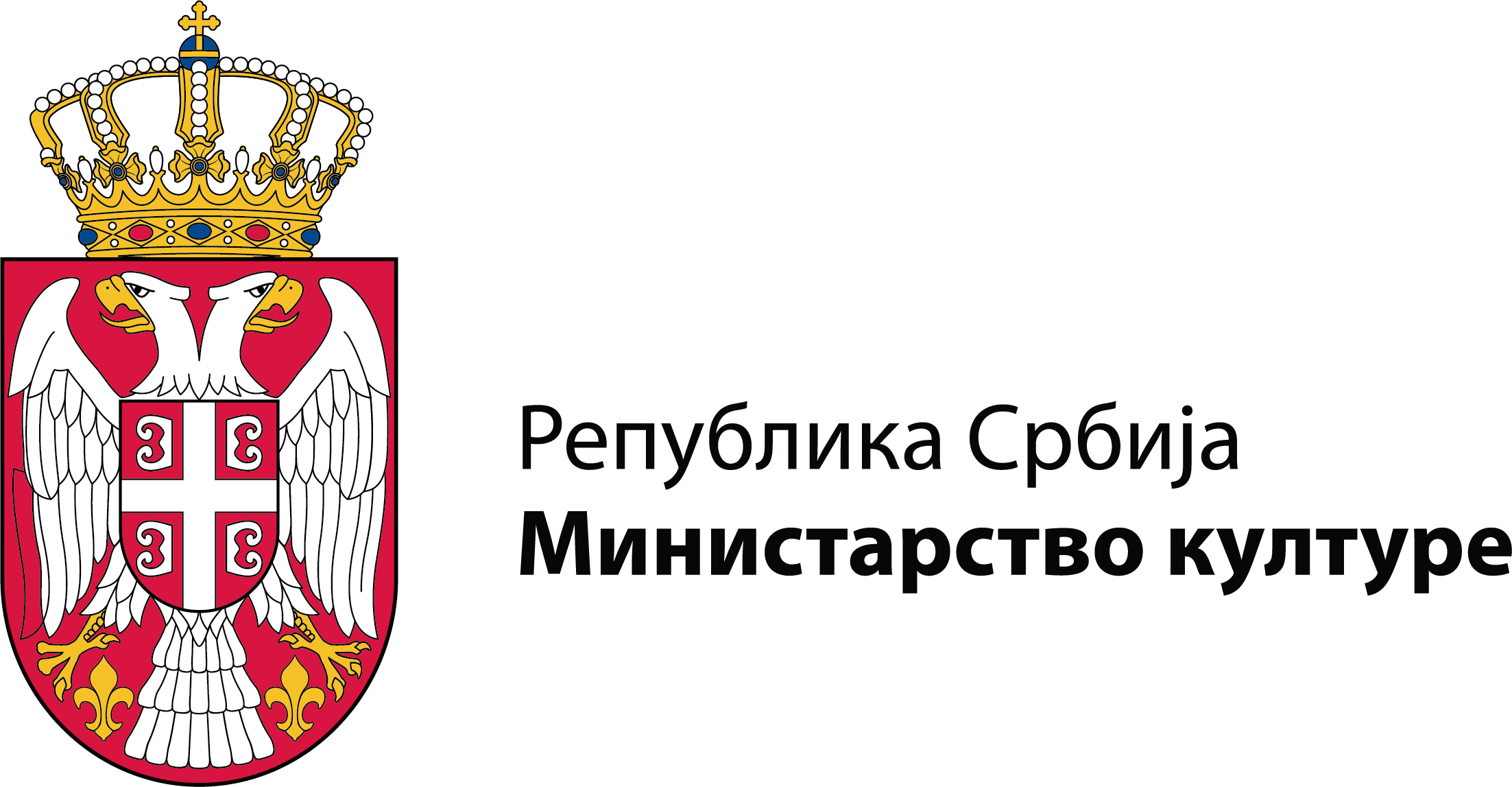To mark the 120th anniversary of the first permanent exhibition of the Ethnographic Museum, an interactive exhibition titled “Memory – Field Research of the Ethnographic Museum” has been presented.
As suggested by the title itself, this exhibition symbolically reflects the long-standing history of the museum and the work of its curators. The central idea in curating the exhibition was to present field research as the main way through which museum collections are enriched. A curator at the Ethnographic Museum engages with culture inherited from ancestors but still lived as a contemporary tradition. Since culture is created by people, ethnologist/anthropologist curators conduct their research among communities—through fieldwork—where they collect and discover material, written, and oral testimonies.
Naturally, every field research begins in the curator’s office, where they gather information on the subject they plan to study, including existing data and literature. One part of the exhibition presents this office space, representing both the beginning and end of the research process. After returning from the field, the curator processes the collected material in accordance with museological standards, after which the objects become museum artifacts.
Among the most intriguing objects on display are the ćurdija—one of the most important ceremonial upper garments, made from domestic wool and richly decorated. Another highlight is a representative example of a horse saddle, which until the end of the 19th century symbolized status—such equipment and horses were not accessible to just anyone, but primarily to public figures, rulers, and military leaders. Especially interesting is the spindle (preslica), which accompanied a woman from birth to death—it was gifted to girls at birth rituals, during wedding customs, and in some areas, women were even buried with it. This is known as the “spindle circle.”
Memory places special emphasis on the identity and continuity of research across all areas inhabited by the Serbian people and where Serbian heritage is found. In addition to offering a retrospective of the artifacts discovered by museum curators over the past century, the exhibition is enriched with modern technological experiences. Visitors will be able to experience the exhibits using MP4 players and headphones, while a guided tour—developed as an app available in Serbian and English—is tailored to the environment and narrative, engaging all senses. Certain customary traditional practices will also be available through augmented reality. Furthermore, a digital map on a touch-sensitive screen will offer visitors a network of precise locations where the objects were found, along with additional information about the exhibits.

